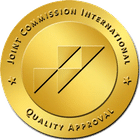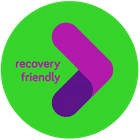Types of Addiction
Fentanyl Addiction
Fentanyl Addiction Treatment
Recovery from fentanyl addiction is possible, and GateHouse is ready to help. We offer various tools and resources needed to build a sustainable recovery. When you choose GateHouse Treatment for fentanyl addiction recovery, you receive a comprehensive treatment plan that utilizes various forms of behavioral therapy, such as Cognitive Behavioral Therapy (CBT), to help battle the mental and physical cravings. Contact us today to learn more about our fentanyl addiction treatment services.
What Is Fentanyl?
Fentanyl is a powerful synthetic opioid (a class of drugs naturally found in the opium poppy plant or made in a lab using the same chemical structure). It is 50-to-100 times stronger than morphine. Fentanyl is a prescription drug typically used to treat patients with severe pain, often after surgery. However, it is also illicitly manufactured and often combined with other illegal drugs.
In its prescription form, fentanyl is called Actiq, Duragesic, and Sublimaze.
Common Street Names for Fentanyl
- Apache
- Dance Fever
- Friend
- Goodfellas
- Jackpot
- Murder 8
- Tango & Cash
The Effects of Fentanyl on the Brain
Like many opioid drugs, fentanyl works by binding to the body’s opioid receptors, which control pain and emotions in the brain. After misusing opioids too often, the brain adapts to the drug, lessening its sensitivity and making it hard to feel pleasure from anything else.
Symptoms of Fentanyl Abuse
Fentanyl’s effects include:
- Extreme joy
- Drowsiness
- Nausea
- Confusion
- Constipation
- Sedation
- Problems breathing
- Unconsciousness
Fentanyl Overdose Treatment
Naloxone is a medicine that can treat a fentanyl overdose if administered correctly. This medicine works by rapidly binding to opioid receptors and blocking the effects of opioid drugs. The downside is that fentanyl is more potent than other opioid drugs, leading to multiple doses of naloxone.
Because of this, if you suspect someone has overdosed, the most crucial step to take is to call 911 so they can receive immediate medical attention. Once medical personnel arrives, they will use naloxone if they suspect it’s an opioid drug overdose. A medical professional should monitor the administration of naloxone for another two hours following the last dose to ensure breathing does not slow or stop.
Fentanyl Facts
- In 2017, 59.8 percent of opioid-related deaths involved fentanyl, compared to 14.3 percent in 2010.
- In 2021, synthetic opioids like fentanyl were responsible for 71,000 deaths.
- Over 150 people die every day from overdoses related to synthetic opioids like fentanyl.
- Two milligrams of fentanyl can be lethal depending on a person’s body size, tolerance and past usage.
- Illicitly manufactured fentanyl (IMF) is available on the drug market in different forms, including liquid and powder.
- It is nearly impossible to tell if drugs have been laced with fentanyl unless you test your drugs with inexpensive fentanyl test strips.
- DEA lab testing shows that 4 out of 10 pills with fentanyl contain a potentially lethal dose.
- Many counterfeit pills are made to look like prescription opioids, such as oxycodone (Oxycontin®, Percocet®), hydrocodone (Vicodin®), and alprazolam (Xanax®); or stimulants like amphetamines (Adderall®).
Fentanyl Overdose Signs
Recognizing the signs of fentanyl overdose can save a life.
Here are some things to look for:
- Small, constricted “pinpoint pupils”
- Falling asleep or losing consciousness
- Slow, weak, or no breathing
- Choking or gurgling sounds
- Limp body
- Cold, clammy, and/or discolored skin
Let us help
All Calls are Free and Confidential
"*" indicates required fields




